|
2 lbs fresh broccoli
2 cups chopped onion
4 tablespoons butter
¼ cup flour
8 cups chicken broth, warmed
½ cup sour cream
4 teaspoons kosher salt
1 tsp white pepper
Set large saucepan over medium low heat and add butter and onions. Cook onions for 8 minutes or until tender. Blend in flour and cook for 3 minutes. Add chicken broth slowly to flour mixture and bring to simmer, stirring frequently.
Cut off the bud ends of the broccoli florets, and reserve. Cut the remaining stalks into thin slices. Place the sliced broccoli in a saucepan and add 2 cups of water. Bring to boil, cover and simmer for 20 minutes until cooked. Drain and add to soup base. Add sour cream, salt and pepper. Working in batches, puree soup in blender.
Bring 1 cup water to boil and simmer the broccoli buds 2-3 minutes. Drain and run cold water over broccoli buds to set color. Add broccoli buds to finished soup.
|
|
|
|
| |
|
Ask any school kid about the difference between plants and animals and they'll likely say "Plants can't move" or "Plants don't do anything." Since plants do not move or make sounds, many do not even consider them to be alive. They do not have a face, limbs or any recognizable structure that is similar to those of animals, and this makes them virtually invisible to us.
Plants have nothing in common with us; they are different organisms, a life form whose last common ancestor with animals dates back to six hundred million years ago, a time when emerging from the water, life conquered land-when plant and animals went their separate ways.
While animals developed the ability to move about on land, plants adapted to the new environment by remaining rooted to the ground and using the inexhaustible light produced by the sun as an energy source. Judging from their success, never has there been a happier choice. It is estimated at least 80 percent of the weight of all that lives on the earth consists of plants.
For plants, the question of speed is completely irrelevant. Whereas animals react to changes in their surroundings by moving to avoid those changes, plants respond to the constantly changing environment by adapting to meet it. If the environment becomes cold, or hot, or there is a need to escape from predators, the plant has to find an effective solution to the problem. To succeed in this difficult task, a decentralized, diffused structure is far more preferable.
Plants distribute over their entire body the functions that animals concentrate in specific organs. Decentralization is the key. Plants breathe with their whole body, see with their whole body, and evaluate with their whole body. Spreading each function over the entire organism as much as possible is the only way to survive predation, and plants can do it so well that they can even withstand removal of much of their body without losing functionality. Not so with animals that lose a vital organ.
Thanks to their choice to be rooted, plants have developed an exceptional sensitivity. Unable to escape from their environment, they manage to survive by perceiving a multiplicity of chemical and physical parameters such as light, gravity, minerals, moisture, temperature, touch, soil structure, etc. They even receive signals such as the location of other plants, and their identity. Plants are able to count, to remember, and to learn.
How do plants respond without a brain? Plants have a cooperative shared system in their stem, and leaves and roots that act somewhat like a swarm of bees or a flock of birds. Bees illustrate the dynamics of behavior of a body of animals. It is clear to anyone who studies bees that their colonies are much more complex than the simple sum of each member. In fact bees show an organization that is reminiscent of the workings of a brain.
When it comes to creative problem-solving, nothing can compete with plants. Animals do not solve problems, they simply avoid them. Plants have long been a source of inspiration, from the development of agriculture to space travel. Unless we have a deep understanding of how plants work, we will never uncover the secrets they have to share.
A single tree can be considered a colony of repeated modular units (leaves, branches and roots). Important plant organs are found in multiple redundant copies, making any single organ more expendable than similar organs in most animals.
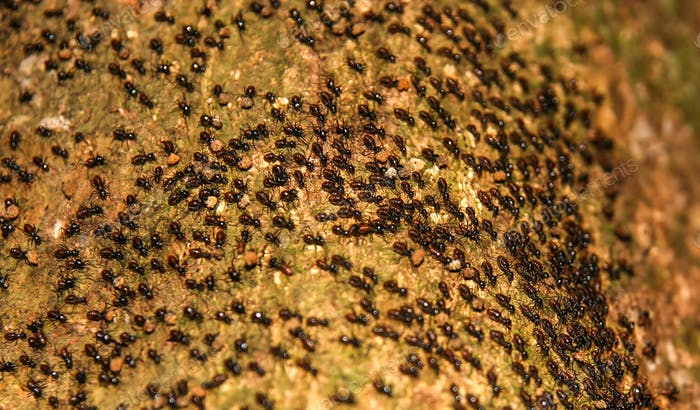
Ants produce colonies that are able to carry out extremely complex behaviors. Nature shows thousands of examples of such collective behavior; systems without a control center are everywhere.
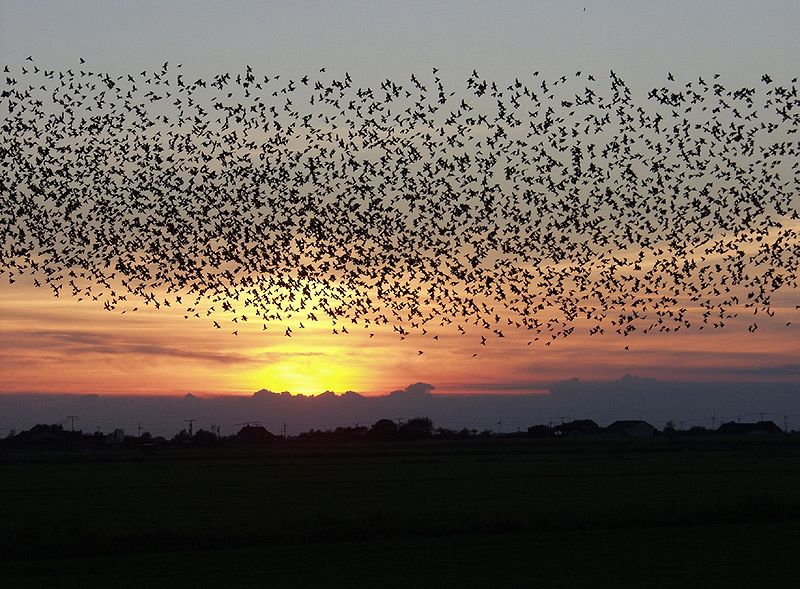
Flocks of birds, seem to act as a single organism.
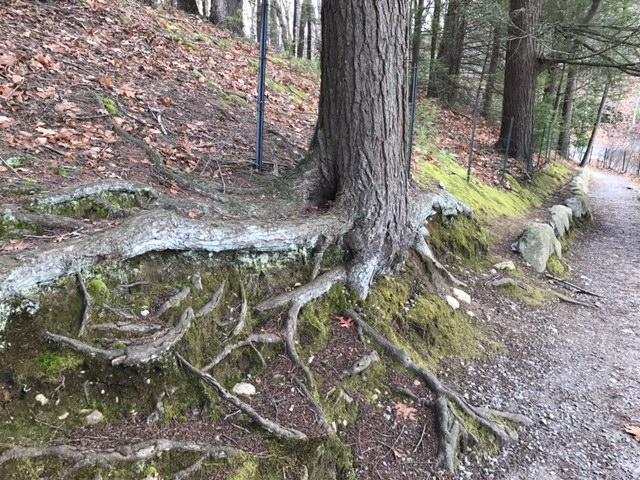
Plants perceive many of the same environmental cues as animals do, sometimes with greater acuity. Plants have been exposed to millions of years of natural selection to solve some of the same problems that modern humans are facing for the first time.
For more information on the intelligent plant.
|
|
In two decades, two important and devastating insect pests have been introduced to North America: the Asian longhorned beetle (Anoplophora glabripennis), and the emerald ash borer (Agrillus planipennis). The emerald ash borer you have probably heard of, but maybe not the Asian longhorned beetle.
Compared to the Asian longhorn beetle, the emerald ash borer is child's play. Where the emerald ash borer is a specialist, eating only ash trees, the Asian longhorned beetle has an appetite for a dozen different species and maybe more. Buckeyes, birches, sycamores, willows, elms, and its all-time favorite is maple. Norway, red, silver, sugar, boxelder, you name it, they are all on the menu. For once you figure out how to kill one maple variety, you can kill them all.
Global trade has made it easier for invasive species to cross borders. Scientists believe Asian longhorned beetles arrived in the 1980s from China as larvae in low-quality lumber used for crating and packing material before federal regulations required that solid wood packing material be fumigated and heat treated. The adult beetles lay eggs (sometimes dozens) just under the bark of a tree. The larvae grow inside the tree all winter, turning the inside of the tree into a soggy mush and leaving its vascular system to rot as it burrows out, making exit holes that leave the tree looking as if it were machine-gunned. On the bright side, the adult beetles are not good flyers and tend to stay in a confined area during their yearlong life. They are also big and easy to identify, unlike the emerald ash borer, which are as small as a grain of rice. And because the larvae takes an entire winter to pupate inside a tree trunk, the reproductive progress of the bug can be halted by removing an infested tree.
In North America, populations were first discovered in August, 1996 in Brooklyn, New York, and has since been found in other areas of New York, New Jersey, Massachusetts, Illinois, Ohio, and Ontario in Canada. Live beetles have been intercepted in dozens of entry ports and warehouses across the country, from Mobile, Alabama, to Bellingham, Washington.
If Asian longhorned beetle were to become established here, it would become one of the most destructive and costly species ever to enter the country. That is bad news for bird habitats, parks, gardeners, sawmills and industries such a maple syrup producers in the Northeast.
Today when an Asian longhorned beetle infested tree is found, the only option is to cut it down and grind the stump along with every single host tree within a certain radius from an infected tree. If no more show up in four years, they consider it to be eradicated. This was the same game plan used when emerald ash borer was first discovered. We all know how well that worked.
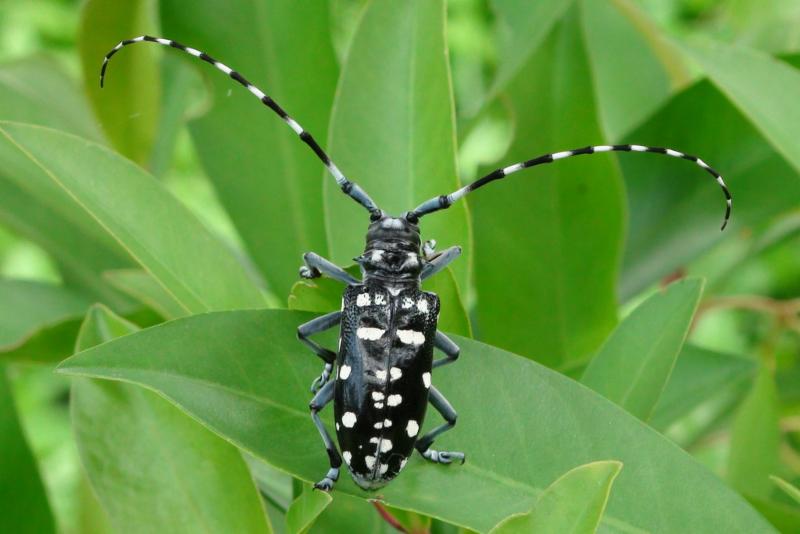
Adult beetles are large, distinctive-looking insects measuring 1 to 1.5 inches in length with long antennae. Their bodies are black with small white spots, and their antennae are banded in black and white.

Asian longhorned beetle on cross section of a damaged trunk.
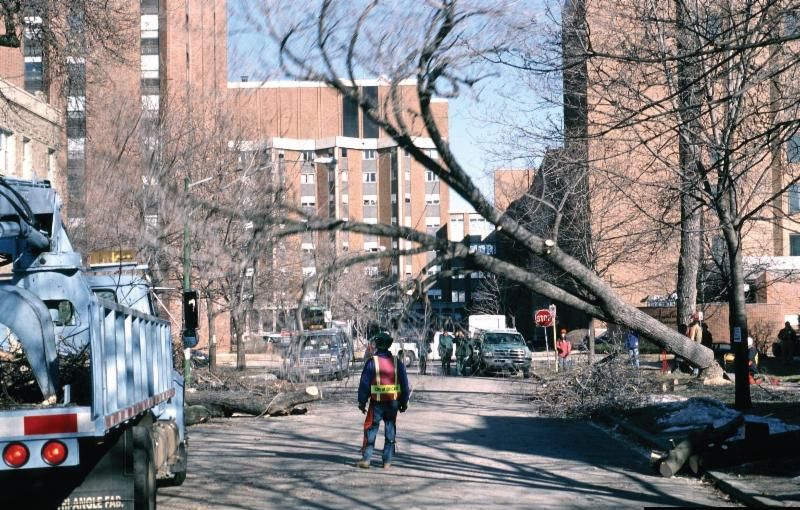
Felling infested and potential host trees in New York.
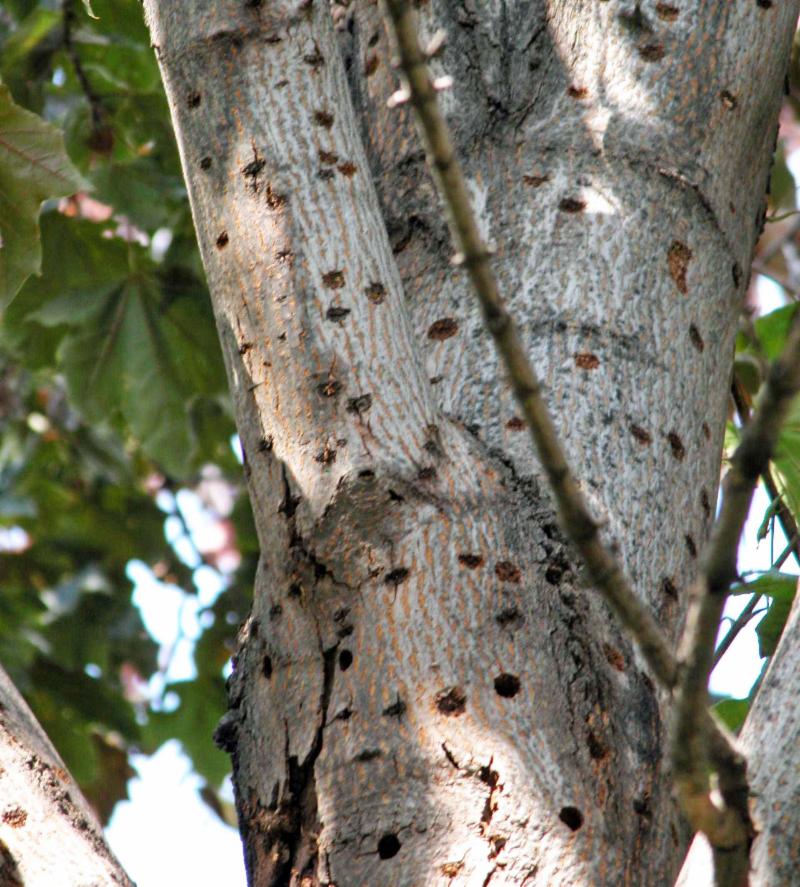
Signs of Asian longhorn beetle infestation are large emergence holes on branches or the stem (>3/8" diameter).
For more information on the Asian Longhorned Beetle
|

Thanks for reading.
Happy Planting!
Faith Faith Appelquist President & Founder
|
|
|